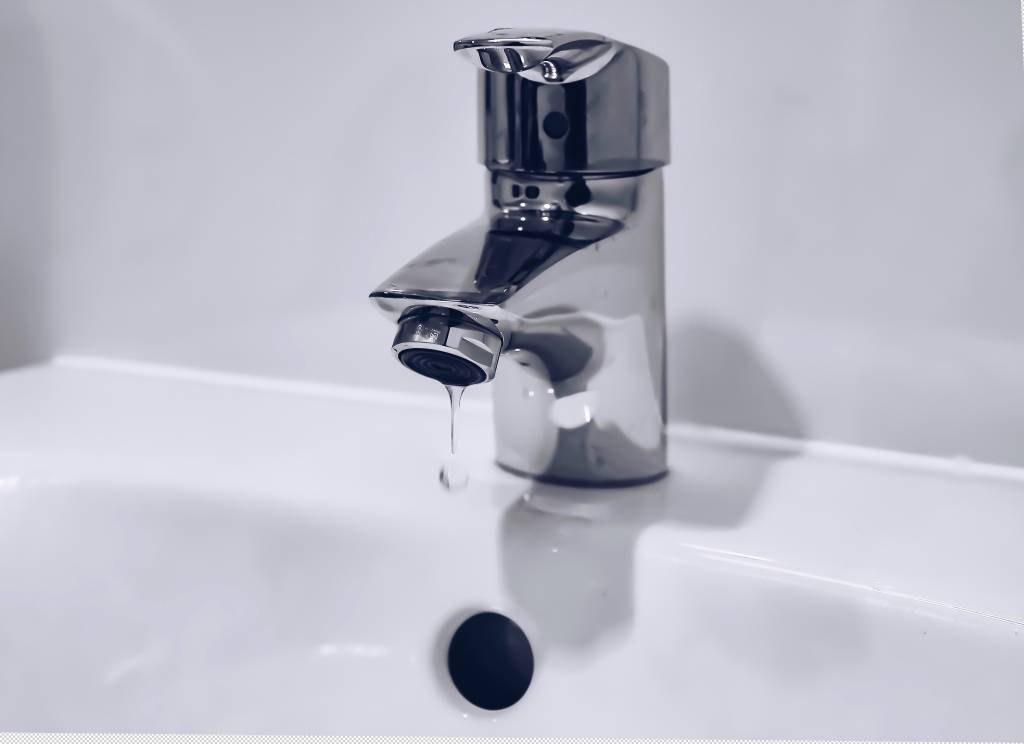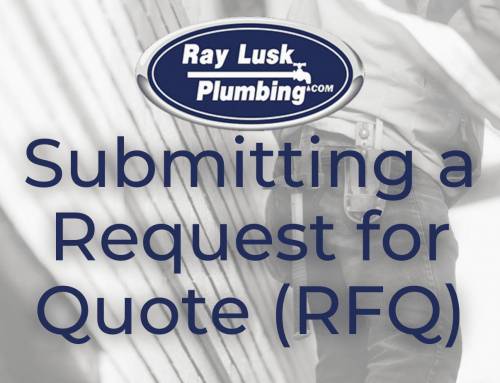January 2024
Oh, the weather outside is FRIGHTFUL!
We know just how inconvenient and stressful frozen pipes can be. We also understand how important it is for you to have running water inside your home and want to do everything we can to help!
Of course, the best defense is always a strong offense. The number one way to avoid frozen pipes is to be sure that your home is prepared for hard freezes and that you take extra precautions during extreme cold. However, sometimes even these measures are not enough and you still find yourself without water.
First things first: look for signs of frozen pipes.
How do I know my pipes are frozen?
It is extremely important to catch frozen pipes early. In most scenarios, if the frozen pipe is detected quickly, you can address the issue and avoid extensive damage to your plumbing.
Signs of frozen pipes can include:
- No running water from faucets inside the home is an indication that the water in the lines has frozen solid. This should be addressed as quickly as possible to avoid cracking or bulging in pipes that can cause major leaks and water damage.
- Additionally, significantly lower water pressure at faucets can mean that the lines are partially frozen.
- A bad smell coming from a drain (especially in a kitchen sink) could be a sign that the pipe is frozen, trapping any food, grease, or other waste and causing a foul odor.
- Though it may be difficult to spot depending on the location of the water pipes in your home, frost on the lines themselves is a clear indicator of frozen pipes. If you have exposed plumbing and are able to identify the frozen areas, this can help you to thaw the line quickly. This is also useful information for you to have so that you may be more prepared for future weather events.
- The most serious sign of frozen pipes is water damage. If you notice leaks, water spots on walls or ceilings, damp spots on carpet, or you can hear the sound of dripping or running water, you should contact a plumber as soon as possible.
When Should I Call My Plumber?

Unfortunately, there isn’t much that can be done for frozen pipes other than attempting to thaw them. A plumber will not be able to assist in this.
If you notice water leaks, turn off the main water supply to your home and contact a plumber immediately.
What Can I Do To Help?
- NEVER apply high heat (for example, boiling water) directly to a frozen pipe as a quick change in temperature can cause cracks or breaks in the line.
- You can, however, apply gentle heat. If you are able to identify a problem spot, try wrapping an electric heating pad around the pipe or using a hair dryer to slowly raise the temperature and promote melting.
- Space heaters can also be used to help raise the temperature, but we advise extreme caution with this method. Space heaters should only be used when they can be positioned safely on a level surface. Always be sure to clear the area of any fire hazards and NEVER use a space heater in an enclosed space such as a cabinet or closet. Do not leave a space heater running while you are not home.
- Fully open up the tap. Turn all faucets to the ON position which will expedite the process as well as allow the thawing water to escape the frozen pipes.
- Raise the temperature in your home and open all cabinets or closet doors that conceal plumbing. As a reminder, never let the interior temperature of your home fall below 55°F when outside temperatures are below freezing.
If you begin to see signs of leaks or breaks, it can be best to turn off the water supply at the source to prevent further damage until a plumber can make it out to assess the situation.









